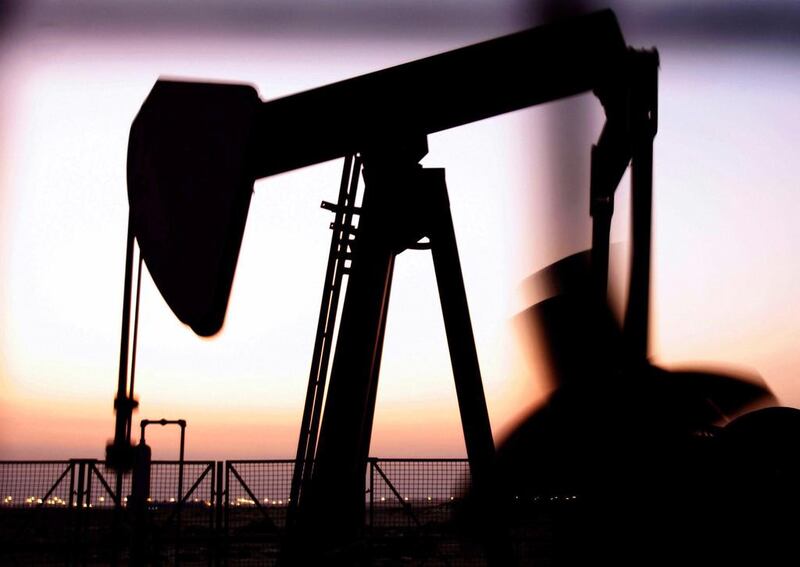Oman crude oil trading on the Dubai Mercantile Exchange in November ended on a firm footing, although it failed to hold on to the three-month highs of more than US$109 per barrel for oil loading in January.
DME Oman traded at a low of $102.48 on November 8 and a high of $109.09 on November 28, before ending the month at $108.90 – or just over 1 per cent from the corresponding October expiry price of $107.63.
The monthly average of the DME, which is used by Oman and Dubai to set their official selling price, was $105.97 last month, slightly down on the October average price of $106.71.
Market-watchers cited a combination of strong Asian crude demand for the first quarter of next year, buoyed by healthier refining margins, China’s steady manufacturing growth, and the realisation that any deal on Iranian sanctions would take some time before significant volumes of crude are pushed on to the spot market.
Following the historic agreement on Iran’s nuclear programme, which paves the way for a loosening of sanctions against Iran and eases geopolitical tension in the region, Oman oil prices came under pressure but have since recovered.
While the initial agreement does not significantly increase Iranian oil exports, it does loosen shipping and insurance sanctions, which some market-watchers believed would have a negative impact on oil prices.
Global oil values initially retreated by 2 to 3 per cent on the news of the Iranian deal but most sanctions remain in place, including oil supplies to Europe, and will not be lifted until a final agreement in six months’ time.
Iran’s biggest customers – China, India, Japan and South Korea – were already given waivers to continue Iranian crude purchases and volumes are expected to increase at a modest rate – but the significant buildup in Iranian crude oil stocks is unlikely to clear in the short term.
As such, focus switched back to more immediate fundamentals, but any increase in Iranian exports will certainly play a major role in market psychology and is likely to be a key discussion topic at the Opec meeting today, where the producer group will also tackle other key issues such as accommodating increasing Iraqi exports and competition from US shale oil.
Since 2011, Opec members generally pump as much oil as possible, with only Saudi Arabia varying production based on domestic and international demand and global prices.
But analysts will be keenly watching for signs of a more disciplined approach to exports from next year, as more oil comes into the market.
Middle East crude generally outperformed western benchmarks during November as the Brent/Oman spread narrowed to about $1.50 a barrel, compared with about $2 in October.
But the US benchmark West Texas Intermediate was the big loser over the month as Brent/WTI widened out to levels not reached since February to $20 at the end of last month – as oversupply concerns returned to plague the US market.
Paul Young is the head of energy products at the Dubai Mercantile Exchange





